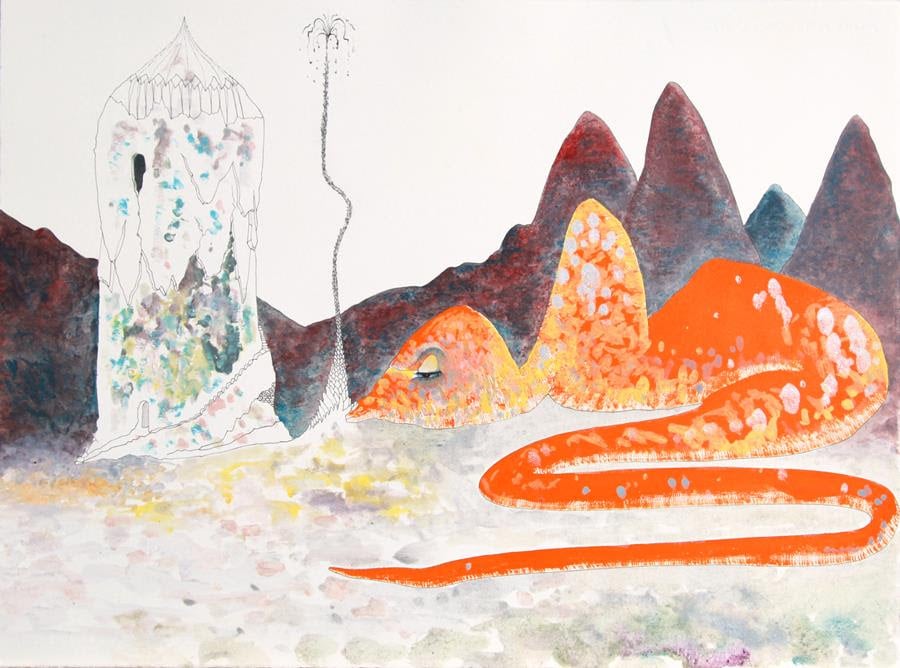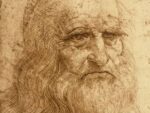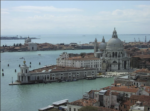Wael Shawky

Il lavoro di Wael Shawky ha origine da ricerche e viaggi intrapresi nel tempo dall’artista nel suo paese natale e si serve delle tecniche e dei media più disparati: dal disegno alla scultura, ma soprattutto film, performance e storytelling,utilizzati per esprimere una poetica che combina elementi tradizionali alla contemporaneità della cultura araba.
Comunicato stampa
La Galleria Lia Rumma è lieta di annunciare la prima mostra personale dell’artista egiziano Wael Shawky, che inaugurerà giovedì 28 giugno 2018 presso la sede di Napoli.
Il lavoro di Wael Shawky ha origine da ricerche e viaggi intrapresi nel tempo dall’artista nel suo paese natale e si serve delle tecniche e dei media più disparati: dal disegno alla scultura, ma soprattutto film, performance e storytelling,utilizzati per esprimere una poetica che combina elementi tradizionali alla contemporaneità della cultura araba. Con uno sguardo fisso alle vicende odierne, l’artista rilegge i caratteri culturali, religiosi ed artistici della storia medio-orientale, creando realtà terze che vivono e prosperano in un luogo immaginario.
Per la mostra di Napoli Shawky ha realizzato una serie inedita di sculture in bronzo, esposte nello spazio della prima sala, che raffigurano esseri poliformi, con una fisionomia inconsueta ed elaborata. Queste creature mitiche sono presenze antiche o preistoriche, dalle sembianze animalesche, che mutano e si trasformano in città fortificate, in rocche che sormontano aspre pendici, ma anche in piccoli borghi isolati o navi al largo di oceani immaginari. Tali figure fiabesche sembrano richiamare iconograficamente, allo stesso tempo, aspetti della cultura araba, riferimenti della civiltà medievale europea, o creature concepite dalla fantasia degli artisti surrealisti.
Alle pareti della stessa stanza sono esposti disegni, dai tratti leggeri e puliti, che ci riconducono allo stesso immaginario animato dalle creature rappresentate nelle sculture in bronzo.
Come dichiara Shawky in una conversazione con Carolyn Christov-Bakargiev, curatrice della mostra personale a lui dedicata al Castello di Rivoli nel 2016: “Il disegno non è mai qualcosa che posso prevedere. Può diventare un animale collegato a una città, per esempio. Ciò che voglio dall’opera è che alla fine sia sufficientemente precisa nei suoi dettagli da non poterne più criticare le singole parti, perché essa sembra esistere realmente, da qualche parte. Il paesaggio, la forma è lì, un animale a quattro zampe”.
Il percorso espositivo si conclude con la proiezione di Cabaret Crusades: The Horror Show Files(2010) primo film della trilogia Cabaret Crusades, iniziata nel 2010 e conclusa nel 2015, nella quale Shawky rilegge e racconta le vicende delle Crociate dalla prospettiva e con gli occhi del mondo arabo. I protagonisti sono marionette realizzate con diversi materiali come legno, argilla e vetro, che in modo straordinario sono mosse ad interpretare una storia mai scontata ed emozionante. Il film in mostra narra le vicende delle prime Crociate, dal 1096 al 1099, e l’artista si serve di antichi burattini provenienti dalla Collezione Lupi di Torino. Il film fu presentato anche al MoMA PS1 di New York nel 2015, insieme agli altri due che concludono la trilogia, in una mostra personale dedicata all’artista.
Wael Shawky (Alessandria d’Egitto, 1971) si è formato presso l’Università di Alessandria per poi conseguire una specializzazione presso la University of Pennsilvanya a Philadelphia negli Stati Uniti. Importanti mostre personali sono state dedicate all’artista da musei e istituzioni internazionali tra cui l’ARoS Museum, Aarhus, Danimarca; Castello di Rivoli Museo d’Arte Contemporanea, Rivoli, Italia; Kunsthalle Bregenz, Bregenz, Austria; Fondazione Merz, Torino, Italia; Mathaf, Arab Museum of Modern Art, Doha; il MoMA PS1, New York, USA; MACBA, Barcellona, Spagna; K20, Beirut, Libano; Sharjah Art Foundation, Sharjah, UAE; The Hammer Museum, Los Angeles, USA; Kunst-Werke, Berlino, Germania; Cittadellarte-Fondazione Pistoletto, Biella, Italia; Kunsthalle Winterthur, Svizzera. Le sue opere fanno parte di collezioni permanenti di musei quali Tate Modern, MoMA, MACRO, Mart, APT Dubai.
***
Lia Rumma Gallery is pleased to present the first solo exhibition of the Egyptian artist Wael Shawky, opening on Thursday 28th June 2018, in the Gallery in Naples.
The work of Wael Shawky drew inspiration from researches and journeys taken by the artist in his native country, using the most diverse techniques and media: drawing, sculpture, but mainly film, performance and storytelling, are used by the artist to express a personal poetic which combines traditional elements with contemporary Arab culture. With an eye on today's events, the artist reinterprets the cultural, religious and artistic features of Middle Eastern history, creating third-party realities that live and thrive in an imaginary world.
For the exhibition in Naples, Shawky presents for the first time a new series of bronze sculptures, depicting poliform beings, with an unusual and elaborate physiognomy, exhibited in the first room. Those mythical creatures are ancient or prehistoric presences, with animal features, that change and transform themselves into fortified cities, into fortresses on top of harsh slopes, but also into small isolated villages or ships out in imaginary oceans. Those fairy-tale figures seem to recall iconographically, both aspects of the Arab culture, references to the European medieval civilization, and creatures conceived by the fantasy of Surrealist artists.
On the walls of the same room are exposed drawings, made of fine and clean strokes, that lead us back to the same imaginary animated by the creatures represented in the bronze sculptures.
As Shawky states in conversation with Carolyn Christov-Bakargiev, curator of the personal exhibition dedicated to him at Castello di Rivoli in 2016: "Drawing is never something I can foresee. It can become an animal connected to a city, for example. What I want from the work is that in the end it is sufficiently precise in its details that one could no longer criticize the individual parts, because it seems to really exist, somewhere. The landscape, the shape is there, a four-legged animal".
The exhibition ends with the screening of Cabaret Crusades: The Horror Show Files(2010), the first film from the Cabaret Crusadestrilogy, begun in 2010 and ended in 2015, in which Shawky reviews the Crusades events from the Arab culture point of view. The characters are puppets made of different materials such as wood, clay and glass, which in an extraordinary way are moved to interpret a never predictable and exciting tale. The The Horror Show Filestells the story of the first Crusades, from 1096 to 1099, and for this specific film the artist uses ancient puppets from the Lupi Collection in Turin. This work was also presented at the MoMA PS1 in New York in 2015, along with the complete trilogy, in a solo exhibition dedicated to the artist.
Wael Shawky (Alexandria, Egypt, 1971) studied at the University of Alexandria before pursuing a MFA at the University of Pennsilvanya in Philadelphia, United States. Important solo exhibitions have been dedicated to the artist by Museums and International Institutions such as the ARoS Museum, Aarhus, Denmark; Castello di Rivoli Museum of Contemporary Art, Rivoli, Italy; Kunsthalle Bregenz, Bregenz, Austria; Fondazione Merz, Turin, Italy; Mathaf, Arab Museum of Modern Art, Doha, Qatar; MoMA PS1, New York, USA; MACBA, Barcelona, Spain; K20, Beirut, Lebanon; Sharjah Art Foundation, Sharjah, UAE; The Hammer Museum, Los Angeles, USA; Kunst-Werke, Berlin, Germany; Cittadellarte-Pistoletto Foundation, Biella, Italy; Kunsthalle Winterthur, Switzerland. His works are part of permanent collections of international Museums such as the Tate Modern, MoMA, MACRO, Mart, APT Dubai.



